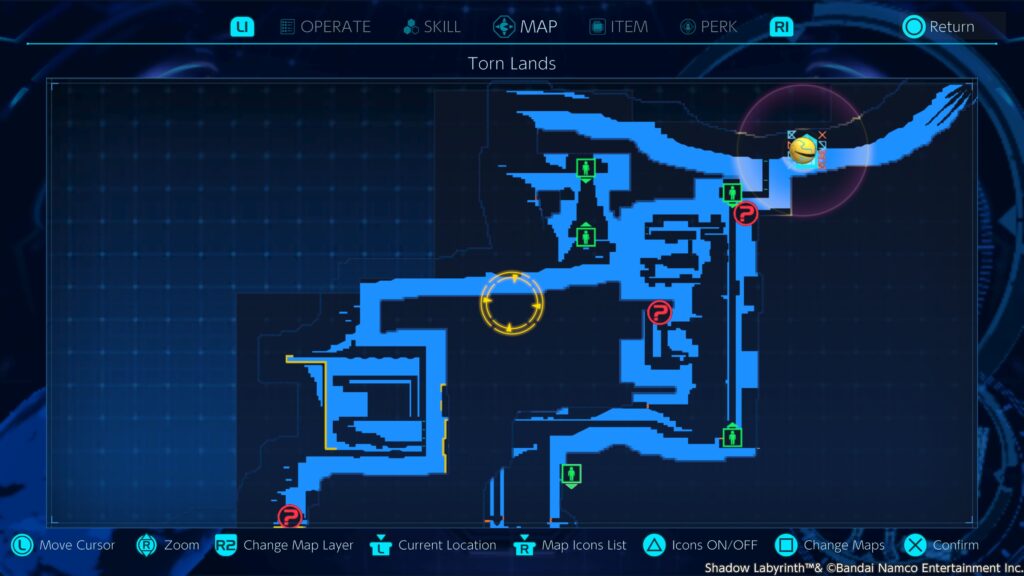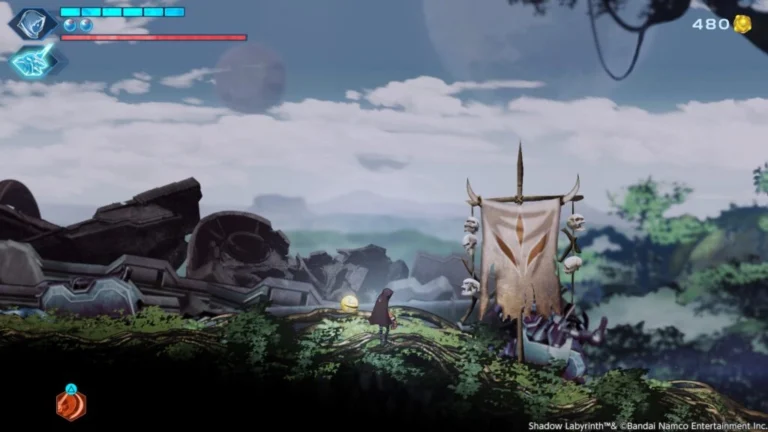At first glance, Shadow Labyrinth promises a dark, reimagined take on PAC-MAN—a surreal journey into a cyberpunk nightmare. But beneath the eerie lighting and brooding aesthetic lies a game that struggles to deliver depth or cohesion, opting instead for surface-level horror layered over familiar mechanics.
PAC-MAN Goes Psycho: Meet PUCK
What Shadow Labyrinth sets out to do is intriguing. Much like an episode of Secret Level where PAC-MAN transforms into a malevolent figure, the game introduces us to PUCK, a shadowy and monstrous reinterpretation of the classic arcade icon. PUCK isn’t here to munch on dots—he’s trying to escape a dystopian maze while exploiting a human character named “Number Eight” to do so.
From the opening moments, the game bathes players in surreal visuals, cyberpunk neon, and psychological unease. It promises a gripping descent into madness—but it’s a descent that never quite pays off.
Narrative Potential, Poor Execution

While the premise suggests complexity, the story is disappointingly thin. Who is Number Eight? Why is PUCK trapped here? What is this bizarre digital underworld? These questions are raised early but are never adequately answered.
Storytelling is delivered through scattered documents and notes—plentiful in number but lacking emotional weight or narrative clarity. The few cutscenes that exist are brief and unengaging, failing to build intrigue or momentum. As a result, a story that could have offered existential horror or philosophical depth instead feels fragmented and incomplete.
Art Direction Over Engine Limitations
Built in Unity, the game’s visuals are one of its stronger elements. Despite technical limitations, the developers have crafted a world filled with distinct biomes, from industrial hellscapes to dark, claustrophobic tunnels. Color palettes are bold and often jarring—a choice that enhances the game’s unsettling tone.
While the visual style isn’t always consistent, when it works, it captures a sense of deranged beauty that aligns with the game’s chaotic identity. It’s clear the team aimed for a psycho-horror aesthetic, and visually, they’ve partially succeeded.
Sound Design: Mixed Execution
The electronic soundtrack supports the game’s futuristic, digital feel. While not memorable, it complements the environments effectively. However, the combat sounds—punches, attacks, impacts—feel flat and underwhelming. Combined with characters who speak in a made-up language, the audio landscape lacks the nuance and impact required for a game with such heavy visual atmosphere.
